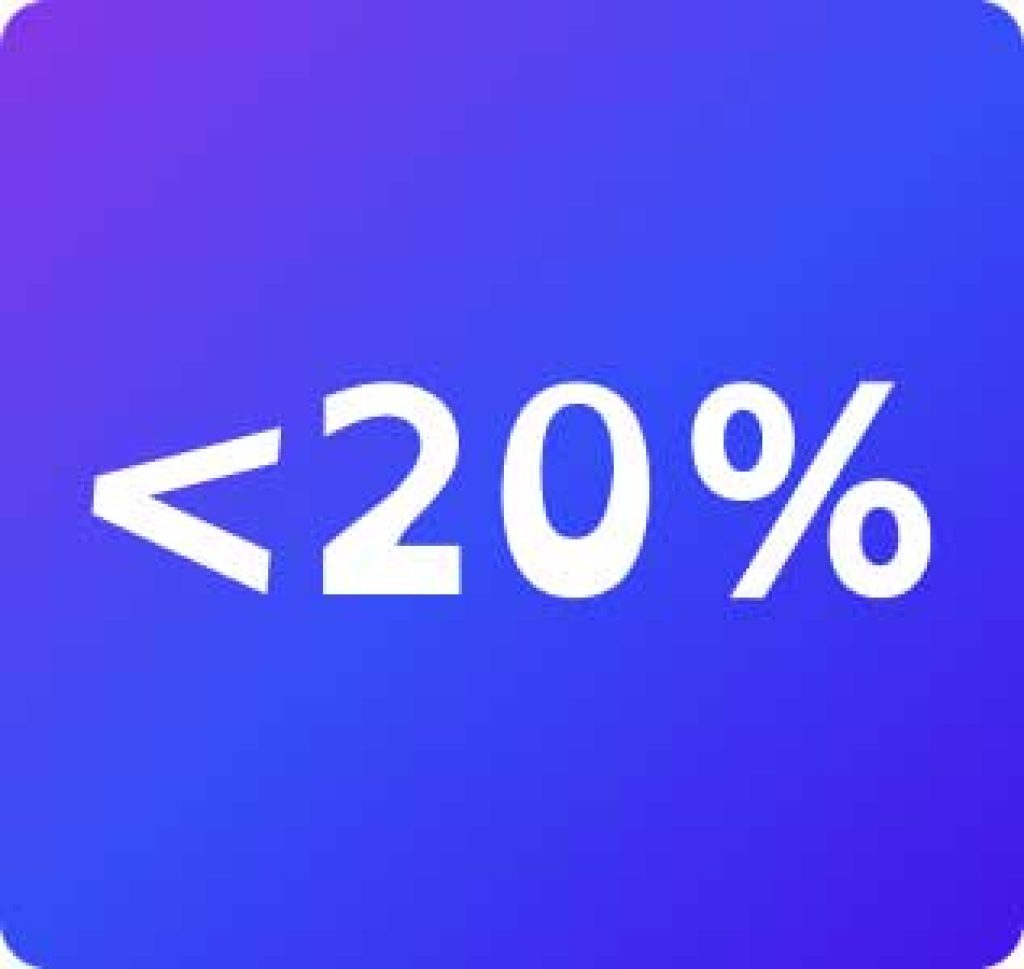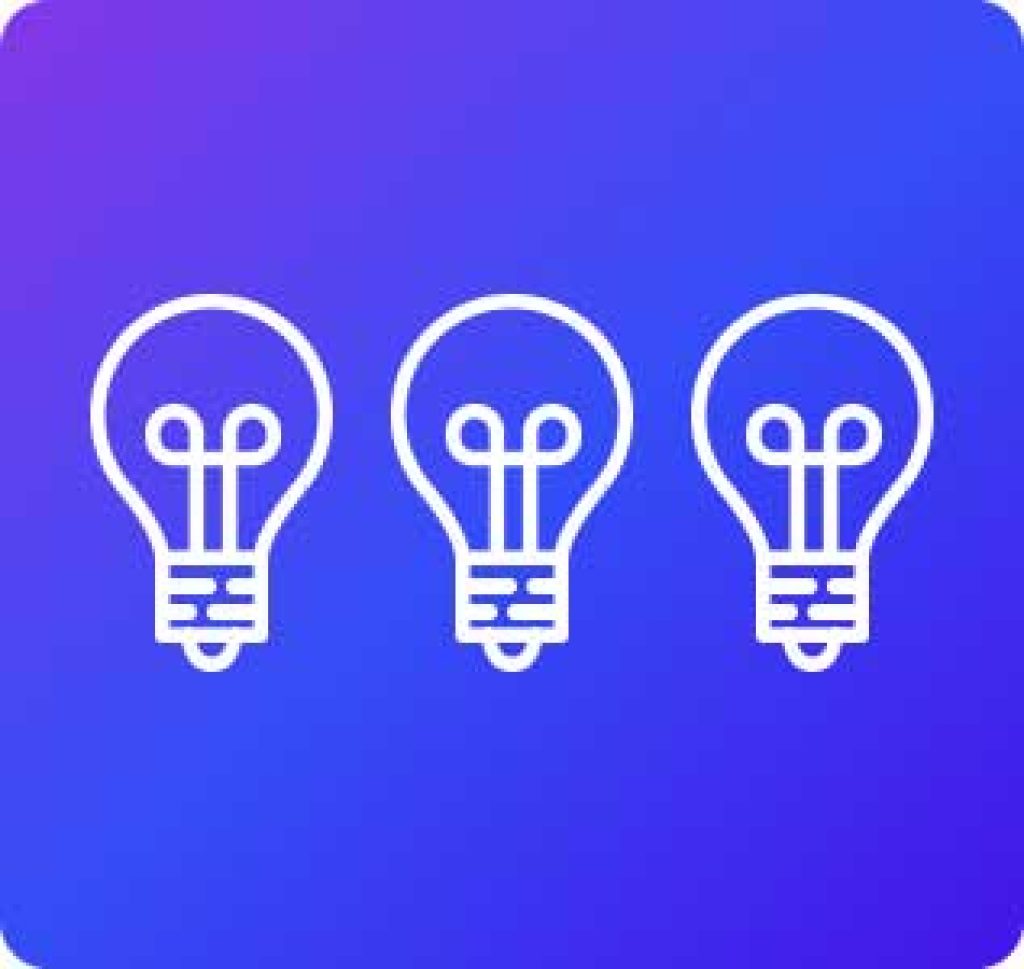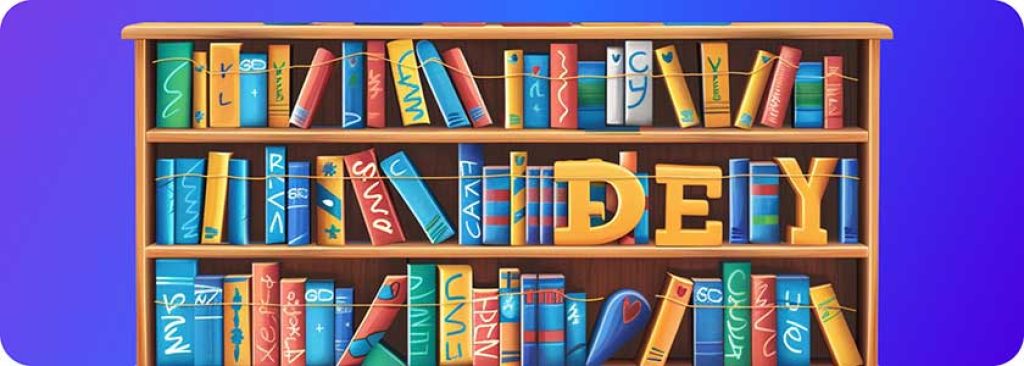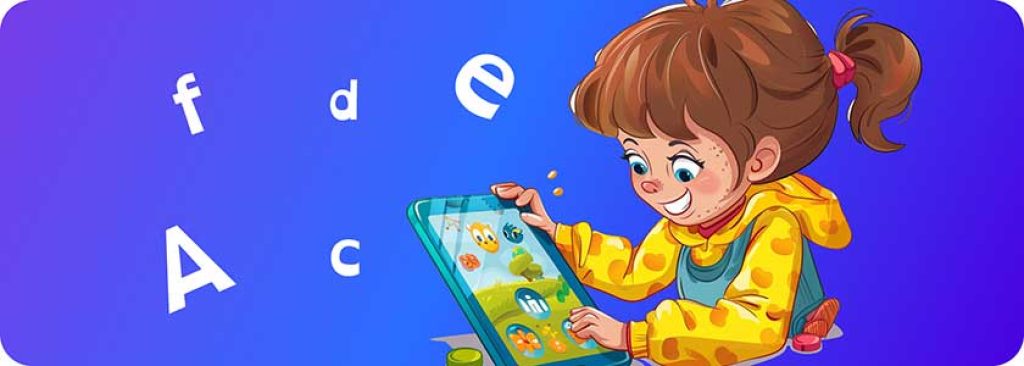Categories of Dyslexia and Support They Require
Strategizing By Subtype To Better Support People With Dyslexia
Dyslexia is a widely recognized, very common learning disorder characterized by difficulties with accurate or fluent word recognition, poor spelling, and decoding abilities, affecting the ability to read, write, and spell, and getting in the way of language processing skills and fluency. These challenges can impact basic life activities like reading signs, menus, and instructions, filling out forms, or keeping track of appointments. Educational and career prospects can be affected, particularly in roles or tasks that rely heavily on traditional literacy and strong reading and writing skills.

Dyslexia or dyslexia-like symptoms affect between 10% to 20% of the population.
That’s up to 1 in 5 children and adults. It’s one of the most common learning disabilities globally.
Dyslexia manifests on a spectrum.
Dyslexia can have different degrees of severity.
Specific dyslexia challenges may be faced by each individual. Understanding what these challenges are, and how to work with them, can be a big help.


Dyslexia occurs in people of all intelligence levels.
Many people with dyslexia have average or high intelligence.
They’re bright, and can be competent or gifted at creating, building, thinking, math, performing, physical sports, and business.
Dyslexia can also affect phonemic awareness, which is the ability to identify and manipulate sounds in spoken language. Mastering the link between written letters and spoken sounds can be challenging for some learners with dyslexia.


Assistive technologies have significantly improved access to information and learning for individuals with dyslexia.
Audiobooks, special fonts, text-to-speech and speech-to-text technologies are all important facilitators serving people with dyslexia.
How Does Dyslexia Happen?
Dyslexia, as with many other disorders related to developmental functions of the brain, can include interruptions or impediments in the process of child brain building and brain network development. Most cases of dyslexia are developmental, meaning they're present at birth and often run in families. This includes primary dyslexia, which is likely genetic, and secondary dyslexia, caused by issues in early brain development. Both are more common in boys. Although dyslexia won’t disappear, symptoms may improve somewhat over time, especially with good support strategies. Acquired dyslexia, on the other hand, develops later in life after a brain injury or disease disrupts language processing areas. This is the only type with a clear cause.
Categories Of Dyslexia And Support Strategies
Dyslexia isn't a single condition, it’s a condition that occurs across a spectrum, with different subtypes and levels of dyslexia severity. Each subtype presents distinct challenges and requires targeted support. Here's a brief overview:
Phonological Dyslexia
This is the most common form of dyslexia. It involves difficulty connecting letters to sounds, making decoding new words challenging.
Symptoms of Phonological Dyslexia
- Difficulty breaking down new words by sound
- Challenges with writing words correctly
- Inconsistent spelling within writing
- Slow reading speed
- Disinterest in reading activities
- Difficulty remembering familiar words in different settings
Support Strategies
Phonological dyslexia support strategies include phonics-based instruction and speech therapy to strengthen sound processing skills. It’s best to utilize multisensory learning approaches that incorporate sounds, images, and physical movement with reading activities.
Surface Dyslexia
People with this dyslexia subtype, also known as visual dyslexia or dyseidetic dyslexia, struggle to recognize familiar words by sight. This type of dyslexia may also appear in an individual with phonological dyslexia. Surface dyslexia can trip up readers who are able to easily sound out words that are new to them, because their brain struggles to remember how familiar words look, making reading slow and sight words tricky. Unexpected spellings throw off their ability to sound things out.
Symptoms of Surface Dyslexia
- Struggles to recognize full words at first glance
- Reads at a slower pace
- Dislikes or avoids activities that involve reading
- Faces challenges with spelling accuracy
- Has trouble with words that don't follow normal pronunciation rules
- Takes extra effort to learn new words visually
Support Strategies
Support focuses on sight word recognition training and repeated reading exercises to build visual memory.
Rapid Naming Deficit
Difficulty in quickly naming objects or letters can be a sign of this subtype.
Symptoms of Rapid Naming Deficit Dyslexia
- Struggles to find the right word while speaking
- Mixes up words or forgets them entirely during conversation
- Takes longer to answer questions out loud
- Needs more time to finish reading and writing tasks
- Invents words that don't exist when speaking
- Uses hand gestures to communicate instead of words
Support Strategies
Support includes rapid naming activities and visual scanning exercises to improve processing speed. Practice rapid naming drills that focus on helping accelerate visual recognition skills.
Double Deficit Dyslexia
This complex form combines difficulties of different forms of dyslexia, including multiple dyslexia types or subtypes. While not the most common, double deficit is not an uncommon form of dyslexia. Double deficit dyslexia makes learning to read especially challenging, combining difficulty connecting letters to their sounds, and slowness naming objects. This can make reading and spelling significantly harder. It is widely considered the most severe form of dyslexia.
Symptoms of Double Deficit Dyslexia
- Takes extra time to name objects or pictures when speaking
- Difficulty recognizing similar sounds in words
Support Strategies
Support requires a comprehensive and individualized approach that addresses and incorporates strategies for all dyslexia subtypes and all affected skills and functions.
Visual Dyslexia
With visual dyslexia, the brain has trouble processing what the eyes see, causing letters and words to appear jumbled or distorted. This can make it difficult to remember shapes of letters and words, affecting reading, spelling, and writing.
Symptoms of Visual Dyslexia
- Words seem blurry or swim on the page
- Trouble following along from line to line
- Loses track of their place while reading
- Text appears double or jumps between single and double
- Gets headaches or eyestrain from reading
Support Strategies
Utilize colored overlays or tinted glasses to improve visual comfort. Use dyslexia-friendly fonts with clear spacing and avoid busy backgrounds on worksheets or presentations.
Support for visual dyslexia can sometimes include vision therapy, different from or in addition to typical forms of dyslexia support. Vision therapy can address some underlying vision issues, although there's no strong evidence it directly helps those with dyslexia. Dyslexia is a language processing challenge, and vision therapy focuses on retraining the eyes. However, vision therapy can help improve reading comfort and eye teaming skills.

Are There Different Kinds Of Disorders That Appear With Dyslexia?
Many people with dyslexia also experience other learning difficulties. However, these are separate neurological conditions; they are not subtypes of dyslexia.
They include confusion with left and right (directional dyslexia or left-right disorder), trouble with writing and fine motor skills (dysgraphia), struggles with math (dyscalculia, sometimes called math dyslexia), and challenges processing spoken sounds (auditory processing disorder, sometimes called auditory dyslexia).
Flagging & Diagnosing Dyslexia
Dyslexia stems from difficulty understanding the sounds within words (phonological processing). This makes it hard to connect letters to sounds (decoding), leading to problems reading fluently, spelling accurately, and comprehending written text. While vocabulary and background knowledge may be weaker due to less reading, dyslexia is a language-based issue, not a problem with vision or intelligence.
Dyslexia Diagnosis In Students & Children
Early intervention is key for students struggling to read. Schools may use short tests to identify students needing extra help before a full evaluation for dyslexia. This extra instruction can get them back on track without needing a formal diagnosis. Even for those with dyslexia, getting help early is crucial. Parents can request a full evaluation at any time, but starting with extra support can benefit all students.
Some signs that could lead a parent or educator to decide that a young student should get tested for dyslexia, or similar signs that could lead an adult to self-test:
5 Signs Of Dyslexia At Any Age
- Difficulty sounding out words
The person struggles to connect letters to their corresponding sounds, making it hard to decode unfamiliar words. - Slow or labored reading
Reading fluency is weak, with the reader appearing to stumble over words or read very slowly. - Frequent misspelling
Despite repeated efforts, the individual makes many spelling errors, even with simple words, even with spellcheck and automated corrections such as autocorrect on mobile devices. - Problems with rhyming
Difficulty identifying or creating rhyming words, a skill linked to phonological awareness. This sign should only be considered when it is developmentally appropriate for the child or adult to understand rhyming words. - Avoids reading activities
The person shows a strong dislike for reading, or struggles to stay engaged with reading tasks.
Dyslexia affects how people learn written language. It's not about seeing words backward, though spelling can be tricky. People with dyslexia may struggle to learn letter sounds, connect sounds to letters, or organize their thoughts in writing. Reading fluency, comprehension, and memorizing things like spelling or math facts can also be challenging. While these difficulties can be signs of dyslexia, only a formal evaluation can confirm a diagnosis.
Assistive Technology for Dyslexia
Dyslexia is a lifelong condition, but that doesn't mean you're stuck. Early intervention and support are key to managing dyslexia’s challenges. Specialized instruction and helpful tools like text-to-speech software can make a big difference. With the right approach, people with dyslexia can learn to adapt and overcome obstacles, making them stronger readers and learners.
In addition to traditional interventions and support strategies, technology offers valuable tools for people with dyslexia:
This technology reads digital text aloud, improving comprehension and reducing reading fatigue. It converts digital text into spoken words.
TTS is beneficial for reading comprehension and accessing written content without the need for traditional visual reading skills.
These applications allow dictation of written work, bypassing challenges with spelling and handwriting.
Users can speak into a device, which then converts spoken words into digital text. This assists people with dyslexia in completing writing tasks without the need for typing, reducing barriers to written expression.
Numerous apps are designed specifically to support dyslexia, focusing on areas such as phonological training and sight word recognition.
These apps offer practice in a fun and engaging way, and can be chosen or customized to better fit the user's specific needs and challenges.

Designing Accessible Websites for Dyslexic Users
The digital world can present many barriers for individuals with dyslexia. However, wise web design and development choices can significantly improve accessibility.
Key Strategies
- Fonts
Clear, sans-serif fonts like Arial are easier for dyslexic users to read, as they lack decorative elements that can appear jumbled. Adjustable text size allows users to personalize their reading experience for optimal comfort. Customization can help alleviate reading strain and improve comprehension. - Minimalist Design
Complex layouts with excessive animations or cluttered elements can overwhelm users with dyslexia. A clean, minimalist design with ample white space and a clear hierarchy of information promotes focus and reduces cognitive load. This makes it easier for dyslexic users to navigate and understand the website. - Web Overlays
Web overlays are accessibility tools that users can activate to customize their viewing experience. These overlays can offer features like options to adjust the spacing between lines and letters, dyslexia-friendly fonts, color adjustments, and text-to-speech functionality. Incorporating web overlays that enable users to modify their viewing experience according to their reading needs can significantly enhance accessibility, dramatically improving access to digital content for individuals with dyslexia.
Implementing these strategies can make websites more inclusive, providing dyslexic users with equal access to information and digital resources.
Accessible web design is a fundamental part of offering equal access to information and services in our increasingly digital world. When websites are not accessible, people with disabilities of many kinds, including all types and subtypes of dyslexia and its related or concurrent learning disorders, can be excluded from critical resources and opportunities. Ultimately, creating and maintaining a more inclusive digital landscape benefits everyone. When we prioritize creating accessible and inclusive spaces, online or on-screen and off, we offer everyone a fair chance to participate and contribute. This is fair and decent; it also strengthens our local and global communities by welcoming the talents and perspectives of everyone.
FAQs
We’ve mentioned a few above. In addition, a little research can reveal many more tools, including word prediction software and grammar checkers, audiobooks and voice memo apps, and mind mapping or graphic organizers.
Be patient and understanding. Explain the benefits of assistive technology, and offer to help them explore different tools. Focus on how it can empower them, not highlight their challenges. Remember, technology only works if it’s a comfortable fit for the person using it, and if they choose to incorporate it into their daily lives.
Absolutely! There are dyslexia-friendly fonts, audiobooks with highlighted text, and even games that teach phonics in a fun way.
Listen attentively and validate their feelings. Let them know you want to understand how dyslexia affects them. If they ask for help in finding solutions, you may wish to sit with them and help them research techniques and assistive technology tools. Or, you can refer them to a professional in the field.
Positive reinforcement is a solid support option. Celebrate successes and encourage effort. And, offer support in a consistent way, so that the person with dyslexia knows they can rely on being supported, personally and technically.
You might. The best way to find out is a professional assessment, but it can be interesting to take an online test.









